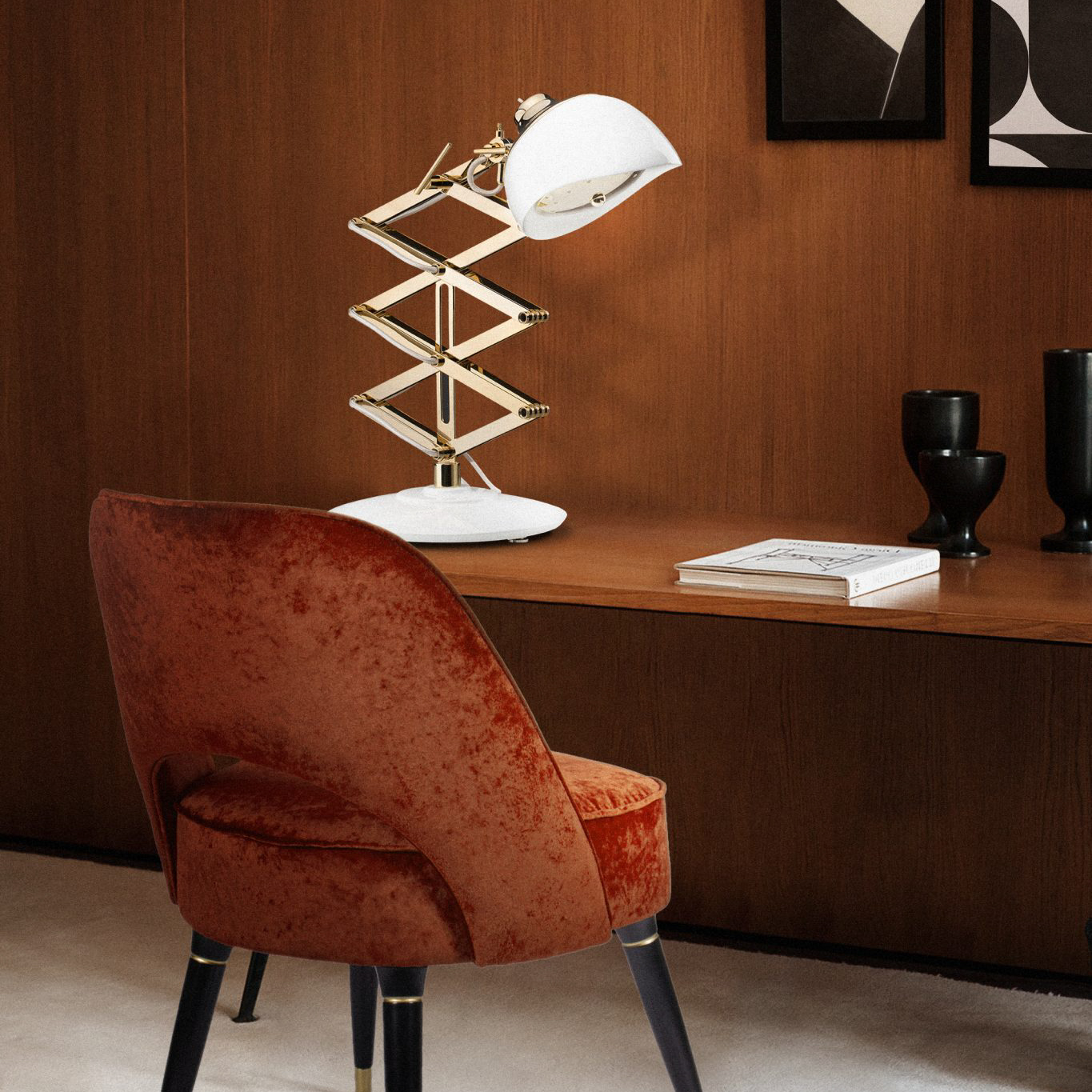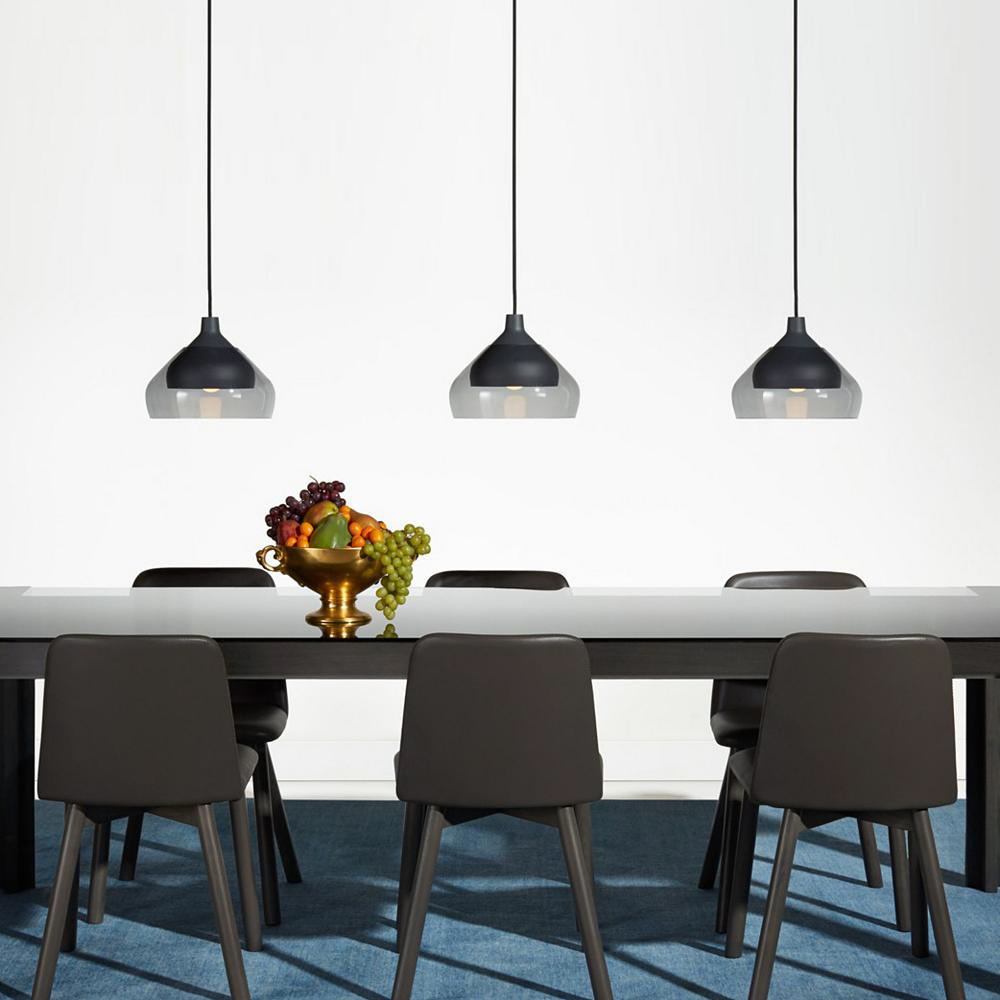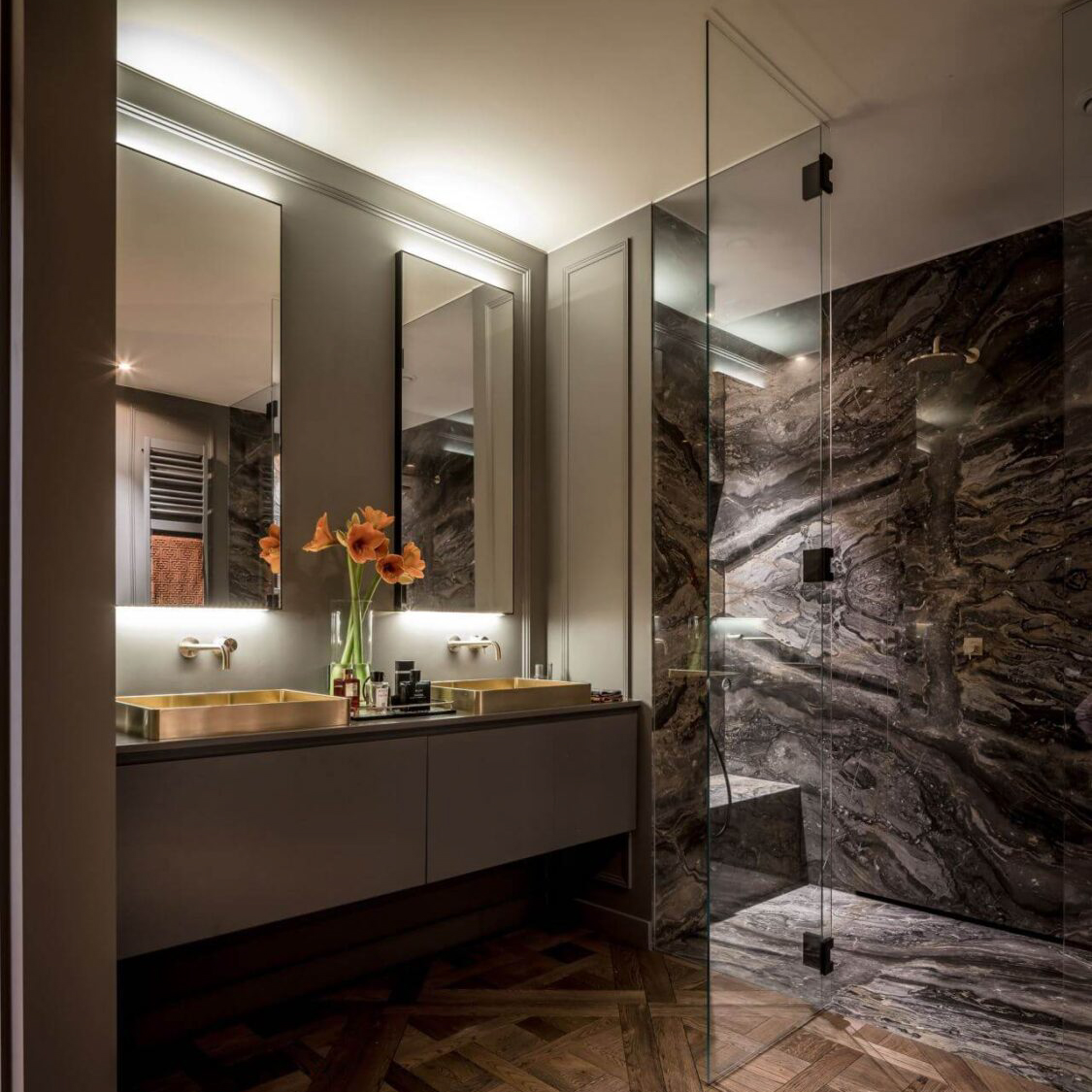Introduction
Wabi sabi is a Japanese aesthetic concept that values the beauty found in imperfection, impermanence, and asymmetry. It views flaws, irregularities, and signs of wear and tear as symbols of authenticity, humility, and understated elegance. In this article, we will explore the origins, principles, and applications of this concept, and discover how it can inspire and enrich our lives.
The Origins of Wabi Sabi
Wabi sabi emerged in Japan during the 15th century as a reaction to the dominant aesthetic ideal of beauty, which emphasized symmetry, refinement, and ornamentation. Poets, tea masters, and artisans sought a different approach to beauty, one that reflected the natural cycles and realities of life. They admired the rustic simplicity of monk’s huts, the rustic charm of old pottery, and the patina of worn fabrics. They appreciated the irregularities and imperfections that gave these objects a unique character, a sense of history, and a connection to their environment.
The Principles of Wabi Sabi
Wabi sabi is based on several key principles that guide its interpretation and expression. These principles are:
Simplicity
Wabi sabi emphasizes the power of minimalism, which strips away excess decoration, complexity, and ostentation. It values the beauty of humble materials, such as wood, clay, paper, and woven fibers, that have a raw, natural, and organic quality.
Imperfection
Wabi sabi regards imperfection as a source of beauty, not a flaw to be fixed or concealed. It honors the beauty of cracks, chips, and irregularities in objects, which reveal their history, personality, and uniqueness. It invites us to accept and appreciate our own imperfections, and those of others, as a natural and valuable aspect of being human.
Asymmetry
Wabi sabi seeks a balance and harmony that is not based on symmetry or formal balance, but on a dynamic and intuitive sense of proportion. It values unevenness, irregularity, and asymmetry as a way to create visual interest, movement, and tension.
Modesty
Wabi sabi is a humble aesthetic that values understatement, restraint, and frugality. It avoids grandiose gestures, flashy colors, and opulent materials, and instead favors subdued tones, subtle textures, and humble forms. It encourages us to appreciate the simple treasures of life, such as a cup of tea, a flower arrangement, or a quiet moment of contemplation.
The Applications of Wabi Sabi
Wabi sabi has many applications in various fields of art, design, and culture. Here are some examples:
Architecture
Wabi sabi can be seen in the design of traditional Japanese houses, which are often made of natural materials such as wood, paper, and straw, and feature simple, open spaces that are connected to nature. They also incorporate elements of imperfection, such as irregularly shaped rocks in a garden, or a crooked beam in a ceiling, which add character and warmth to the space.
Pottery
Wabi sabi is evident in the pottery of ancient Japan, which was made by hand using simple tools and techniques. It often features irregular shapes, asymmetrical forms, and natural glazes that reflect the kiln environment. These imperfections were celebrated as marks of the potter’s spirit and humility.
Gardening
Wabi sabi can be observed in the art of Japanese gardening, which seeks to create a harmonious relationship between man-made structures and the natural environment. It values the beauty of seasonality, the transience of blooming flowers and falling leaves, and the interplay between light and shadow. It favors asymmetrical compositions, irregularly shaped stones, and uneven terrain, which evoke a sense of naturalness and spontaneity.




